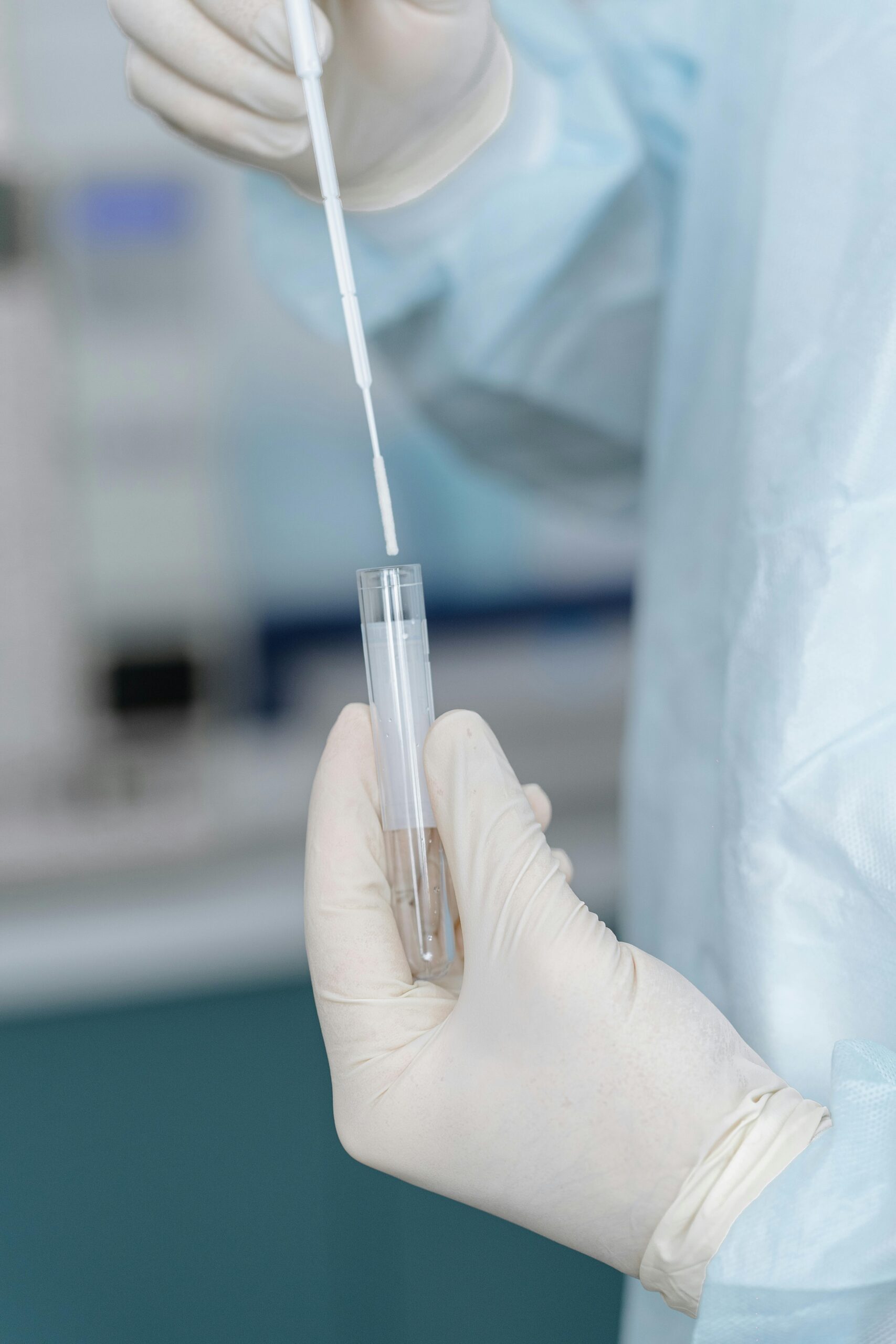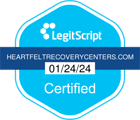In today’s fast-paced world, when productivity is paramount, saliva drug tests are receiving more attention than ever before. Do you need to catch drug usage quickly? These tests, however, have you covered. Because they’re rapid and simple, they’ve become the standard for identifying recent drug activity. Let’s dispel some myths as we examine the ins and outs of saliva drug testing.
The Science of Saliva Drug Examinations
The method by which saliva drug tests function is by examining the contents of your spit. It sounds easy, doesn’t it? Saliva contains a mixture of antibodies, enzymes, and occasionally leftovers from foods you’ve eaten. These tests’ capacity to identify drug usage within the last 24 to 48 hours is what makes them so beautiful. Here’s how it works: a saliva sample is taken from the inside of your cheek using a swab, and then the sample is sent to a lab to look for undetectable drug residues.
Benefits of Saliva Drug Examinations
- Non-Invasive: Do away with uncomfortable treatments or needles. All it takes is a cheeky swab from your mouth.
- Convenience: These tests are essentially portable, making them ideal for last-minute testing.
- Quick Results: Need responses right away? Saliva tests provide findings in a matter of minutes, making them perfect in an emergency.
- Cost-Effective: These drug detection tests are an affordable option because they are typically less expensive than their urine or blood counterparts.
Frequently Held Myths Regarding Saliva Drug Testing
Despite their benefits, saliva drug tests are plagued by some fallacies. Contrary to popular belief, they are more difficult to falsify than urine tests. Regarding accuracy, how about that? In terms of recent drug use, these tests are accurate. It’s possible that they won’t catch someone who uses often, but if you’ve lately overindulged, they’ll probably find out.
Drugs Identified Through Saliva Drug Testing
Wondering what these tests are capable of detecting? The following is a summary of drugs that can be found in saliva drug tests:
- Cocaine
- Opiates
- Methamphetamines
- Amphetamines
- Cannabis
- Alcohol
Every one of these drugs has a unique period of time for detection. For example, alcohol appears within minutes, whereas other substances take a long time to disappear.
Workplace Saliva Drug Testing
For good reason, an increasing number of employers are favoring saliva drug testing. They’re quite easy to use and perfect for random testing, pre-employment screenings, or post-event investigations. Fast outcomes enable companies to maintain workplace safety and make prompt, well-informed decisions.
Ethical and Legal Aspects
The key to passing saliva drug tests is following the guidelines. Everyone’s rights are upheld by means of legal and ethical prescriptions. Employers and testers must be aware of consent, privacy legislation, and local regulations. This information preserves the validity of the testing procedure while also protecting individuals.
Getting Ready for a Drug Test via Saliva
Are you prepared for a drug test using saliva? It’s very simple:
- Remain Hydrated: Gathering samples is easy when your mouth is wet.
- Avoid Consumption: Give yourself at least 30 minutes prior to the test to avoid eating, drinking, or using tobacco products.
- Remain Calm: Don’t lose your temper; everything will work out quickly.
Saliva Drug Testing’s Future
Saliva tests are keeping up with the rapid changes in the drug testing industry. The goal of ongoing research is to improve the acuity and scope of these assessments. They could eventually detect a far greater variety of chemicals and provide more dependability.
FAQs
1. How reliable are saliva drug tests?
Saliva drug tests may not be as useful for identifying long-term habits as they are for identifying recent drug use.
2. Is it possible to rig a saliva drug test?
Because the test is non-invasive and requires rapid supervision during sample collection, cheating is very difficult.
3. How long do drugs remain detectable in saliva?
There are differences in the detection times of drugs, alcohol can be found in saliva within minutes, but other substances such as cocaine or marijuana can remain in saliva for up to 48 hours post-use.
4. Are drug tests using saliva used in legal settings?
Yes, because of their accuracy and simplicity of use, particularly when identifying recent drug use, they are frequently utilized in legal settings.
5. Can over-the-counter drugs influence outcomes?
Certain drugs may result in false positives. Before taking the test, always tell the test administrator about any medications you take.
Final Thoughts
A clever, trustworthy, and non-invasive method of screening for drug usage is saliva drug testing. You’ll be in a better position to choose whether they’re the best option for your drug testing requirements if you comprehend how they operate and their advantages. These tests are expected to become an ever more crucial component of drug testing plans as technology develops, keeping up with the demands of our rapidly evolving global community.
Dr. Mitchell G. Cohen is a board-certified Internal Medicine specialist with over 34 years of experience in patient-centered healthcare. A graduate of Hahnemann University School of Medicine, Dr. Cohen completed his internship at the University Health Center of Pittsburgh, where he gained invaluable hands-on experience. He is also a certified addiction specialist, holding membership with the American Society of Addiction Medicine (ASAM).
Currently based in Nashua, NH, Dr. Cohen is affiliated with Saint Joseph Hospital, where he provides comprehensive care focusing on both internal medicine and addiction treatment. His expertise includes prevention, diagnosis, and management of adult diseases, as well as specialized care for individuals facing substance use disorders.
Dr. Cohen is committed to fostering open communication, ensuring his patients are fully informed and empowered to make confident decisions about their health and treatment options.

MD Mitchell Grant Cohen
Dr. Mitchell G. Cohen is a board-certified Internal Medicine specialist with over 34 years of experience in patient-centered healthcare. A graduate of Hahnemann University School of Medicine, Dr. Cohen completed his internship at the University Health Center of Pittsburgh, where he gained invaluable hands-on experience. He is also a certified addiction specialist, holding membership with the American Society of Addiction Medicine (ASAM).
Currently based in Nashua, NH, Dr. Cohen is affiliated with Saint Joseph Hospital, where he provides comprehensive care focusing on both internal medicine and addiction treatment. His expertise includes prevention, diagnosis, and management of adult diseases, as well as specialized care for individuals facing substance use disorders.
Dr. Cohen is committed to fostering open communication, ensuring his patients are fully informed and empowered to make confident decisions about their health and treatment options.







